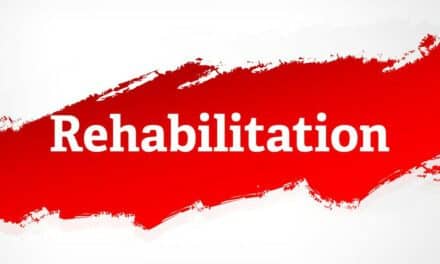Several influential organizations in the sport and nonprofit sectors have officially endorsed the Children’s Bill of Rights in Sports, drafted by the Aspen Institute’s Sports & Society Program to create a shared cultural understanding about the right of all youth to play and to develop through sports.
Written with the aid of human rights and sports policy experts over the past year, the resource is designed to help leaders – from program operators to policymakers – grow access to sports while establishing minimum conditions under which youth are served.
The Children’s Bill of Rights in Sports identifies eight rights:
- To play sports
- To safe and healthy environments
- To qualified program leaders
- To developmentally appropriate play
- To share in the planning and delivery of their activities
- To an equal opportunity for personal growth
- To be treated with dignity
- To enjoy themselves
All principles in the statement were informed by a review of, among other domestic and international resources, the 1989 United Nations Convention on the Rights of the Child. The U.S. has signed but not ratified that treaty, which has helped develop children’s rights in sports declarations in other countries.
“This is the era of athlete rights, from the college to Olympic levels. But what about the rights of children, the most vulnerable members of our sport ecosystem? We hope this declaration helps close gaps in the availability and quality of sport programs.”
— Ivan Blumberg, CEO of Athletes for Hope, a nonprofit that helps athletes mobilize around causes that matter to them and a member of the drafting committee for the bill of rights
Call for Adoption
More than 250 athletes from the Athletes for Hope network have called for the adoption of the Children’s Bill of Rights in Sports, which was released August 12 on United Nations International Youth Day. Other members of the Aspen Institute working group included the Centre for Sport and Human Rights, the U.S. Center for SafeSport, the Power of Sport Lab, and the Center for Sport and the Law at the University of Baltimore School of Law.
The athletes are joined by more than 60 organizations from sectors that touch the lives of youth, including: U.S. Olympic & Paralympic Committee, YMCA of USA, National Recreation and Park Association, Little League International, ESPN, U.S. Tennis Association, U.S. Soccer Federation, Under Armour, Hospital for Special Surgery, American College of Sports Medicine, UNICEF USA, DICK’S Sporting Goods Foundation, MLB-MLBPA Youth Development Fund, Ralph C. Wilson, Jr. Foundation, Susan Crown Exchange, TeamSnap, Augusta Sportswear, PGA of America, Sports & Fitness Industry Association, National Lacrosse League, SHAPE America, BOKS, i9 Sports, MOJO, Laureus Sport for Good USA, LeagueApps, USA Baseball, USA Hockey, USA Surfing, U.S. Figure Skating, USA Pentathlon, USA Biathlon, USA Gymnastics.
The full list of organizations and athletes endorsing the bill of rights is here.
Many of the signatories are members of Project Play 2024, a roundtable of leading sports, health and philanthropic organizations that aims to help grow sport participation and related metrics among youth. Others are part of the broader network of Project Play, an initiative of the Sports & Society Program which since 2015 has provided thought leadership and tools to build healthy children and communities through sports.
Together, the endorsing athletes and organizations create a platform to lift the quality and quantity of sports activities made available to youth, regardless of their zip code or ability.
“Youth and school sports are a massively disjointed space in this country, with hundreds of thousands of programs serving youth but with no real agreement on the guardrails.
“The Children’s Bill of Rights in Sports fills a major gap by defining the baseline experience that every child deserves in the care of adults, aligned with the human rights each of them is born with. It’s also a reminder that we need to make room for every child in this country to play sports.”
— Tom Farrey, executive director of the Sports & Society Program
Effect of Income
Children from low-income homes are half as likely to play sports as their peers from upper-income homes, according to Sports & Fitness Industry Association data. Costs are a barrier, as is the quality of experience delivered to many youth. In nearly every sport, the average child quits by age 11, according to an Aspen Institute survey commissioned with the Utah State University’s Families in Sports Lab. By high school, 43% of students no longer played on any team at school or in their community, with only 23% of students meeting the recommended level of physical activity, according to the Centers for Disease Control and Prevention.
The disruption of COVID-19 has only expanded demographic divides, with disadvantaged youth more slowly returning to play, according to Aspen Institute research.
The Project Play website offers guidance on how the Bill of Rights for Children in Sports can be used by key stakeholders, including grantmakers and sponsors, national sport organizations, parents and caregivers, youth, and policymakers. For community and school sports providers, there is an editable template that can be used to review their policies and practices, improve program quality, and build a reputation as a child-centered program.
[Source(s): Aspen Institute, GlobeNewswire]





